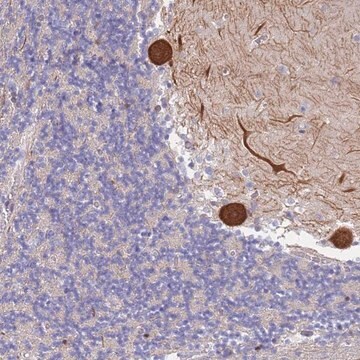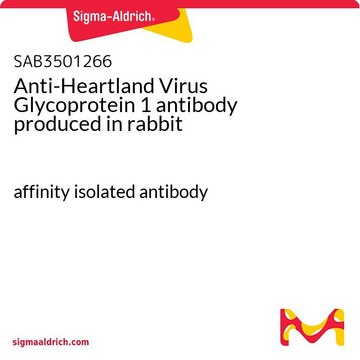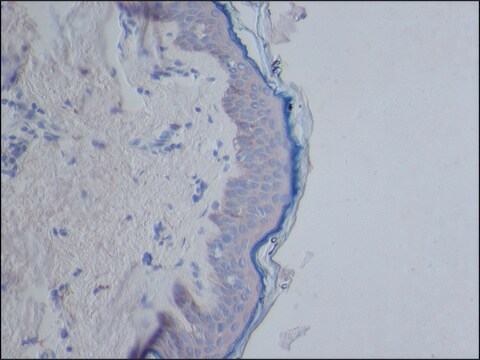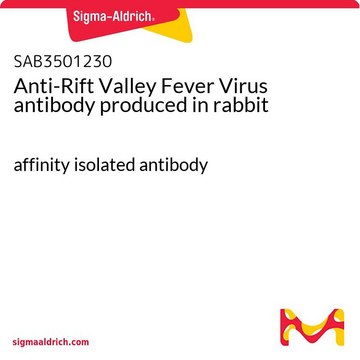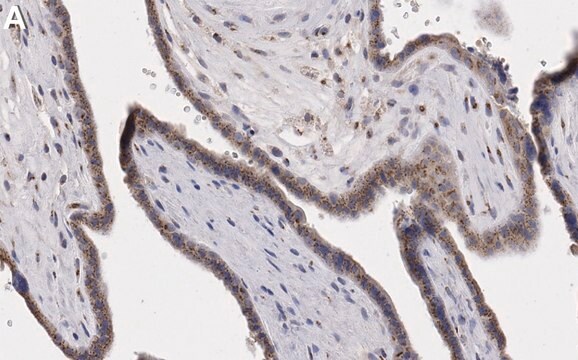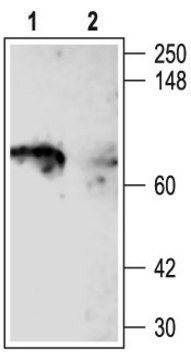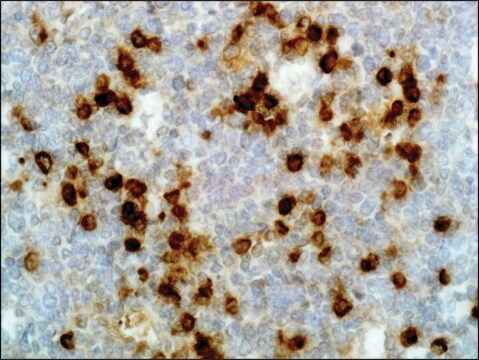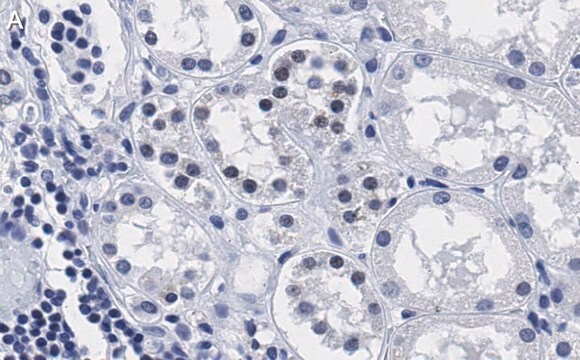SAB4200060
抗CYLD ウサギ宿主抗体
~1.0 mg/mL, affinity isolated antibody, buffered aqueous solution
別名:
Anti-Cylindromatosis (turban tumor syndrome), deubiquitinating enzyme CYLD, Anti-Ubiquitin carboxyl-terminal hydrolase CYLD, Anti-Ubiquitin specific peptidase like 2, Anti-Ubiquitin thiolesterase CYLD
About This Item
おすすめの製品
由来生物
rabbit
結合体
unconjugated
抗体製品の状態
affinity isolated antibody
抗体製品タイプ
primary antibodies
クローン
polyclonal
フォーム
buffered aqueous solution
分子量
antigen ~110 kDa
交差性
human, rat, mouse
濃度
~1.0 mg/mL
テクニック
immunohistochemistry: 10-20 μg/mL using heat-retrieved formalin-fixed, paraffin-embedded human skin sections and biotin / ExtrAvidin®-Peroxidase staining system
western blot: 1-2 μg/mL using whole extracts of rat and mouse brain
UniProtアクセッション番号
輸送温度
dry ice
保管温度
−20°C
ターゲットの翻訳後修飾
unmodified
遺伝子情報
human ... CYLD(1540)
mouse ... Cyld(74256)
rat ... Cyld(312937)
詳細
アプリケーション
Western Blotting (1 paper)
生物化学的/生理学的作用
物理的形状
法的情報
免責事項
適切な製品が見つかりませんか。
製品選択ツール.をお試しください
保管分類コード
10 - Combustible liquids
引火点(°F)
Not applicable
引火点(℃)
Not applicable
適用法令
試験研究用途を考慮した関連法令を主に挙げております。化学物質以外については、一部の情報のみ提供しています。 製品を安全かつ合法的に使用することは、使用者の義務です。最新情報により修正される場合があります。WEBの反映には時間を要することがあるため、適宜SDSをご参照ください。
Jan Code
SAB4200060-200UL:
SAB4200060-BULK:
SAB4200060-VAR:
SAB4200060-25UL:
最新バージョンのいずれかを選択してください:
ライフサイエンス、有機合成、材料科学、クロマトグラフィー、分析など、あらゆる分野の研究に経験のあるメンバーがおります。.
製品に関するお問い合わせはこちら(テクニカルサービス)